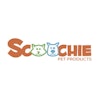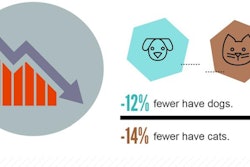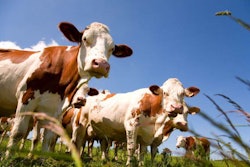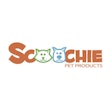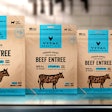
The Pet Food Institute (PFI) documented ways that US pet food makers are meeting sustainability goals by conserving resources, carefully sourcing pet food ingredient and investing in their communities.
Production Efficiencies
Innovations and enhancements in the production of pet food allows PFI members to conserve natural resources, such as energy and water. This includes efficiencies in manufacturing facilities, distribution networks and product packaging.
Examples include:
- Switching to energy-efficient equipment
- Supplying power to equipment only when in use
- Using renewable energy sources
- Improving supply chain efficiency
- Minimizing packaging material
- Recycling
Responsible ingredient sourcing
Safe and nutritious pet food begins with the ingredients. The pet food industry helps to reduce food waste and agricultural demand by using by-products, those animal- and plant-based ingredients that are produced during the processing of human food.
By using otherwise wasted kidneys, livers and other animal products, the pet food industry avoids competing with the human food supply and reduces the environmental effects of increased agricultural production.
Supporting the economy, pets and people
PFI members directly employ tens of thousands of jobs, support related suppliers across the nation, and engage in programs to support their communities. PFI members in the US pet food industry employ at least 25,000 people in 25 states.
Many pet food companies give back to society, and these philanthropic efforts can boost pet food companies’ public image while fulfilling ethical goals. Just as the pet food industry straddles the human and animal worlds, so too the philanthropic efforts of cat and dog food companies touch both people and pets.
Consumers seem to agree with the importance of their pet brands philanthropic efforts. According to Packaged Facts data, the percentage of people who say a brand’s charitable efforts play a significant role in their purchasing decisions has steadily increased since 2014.

